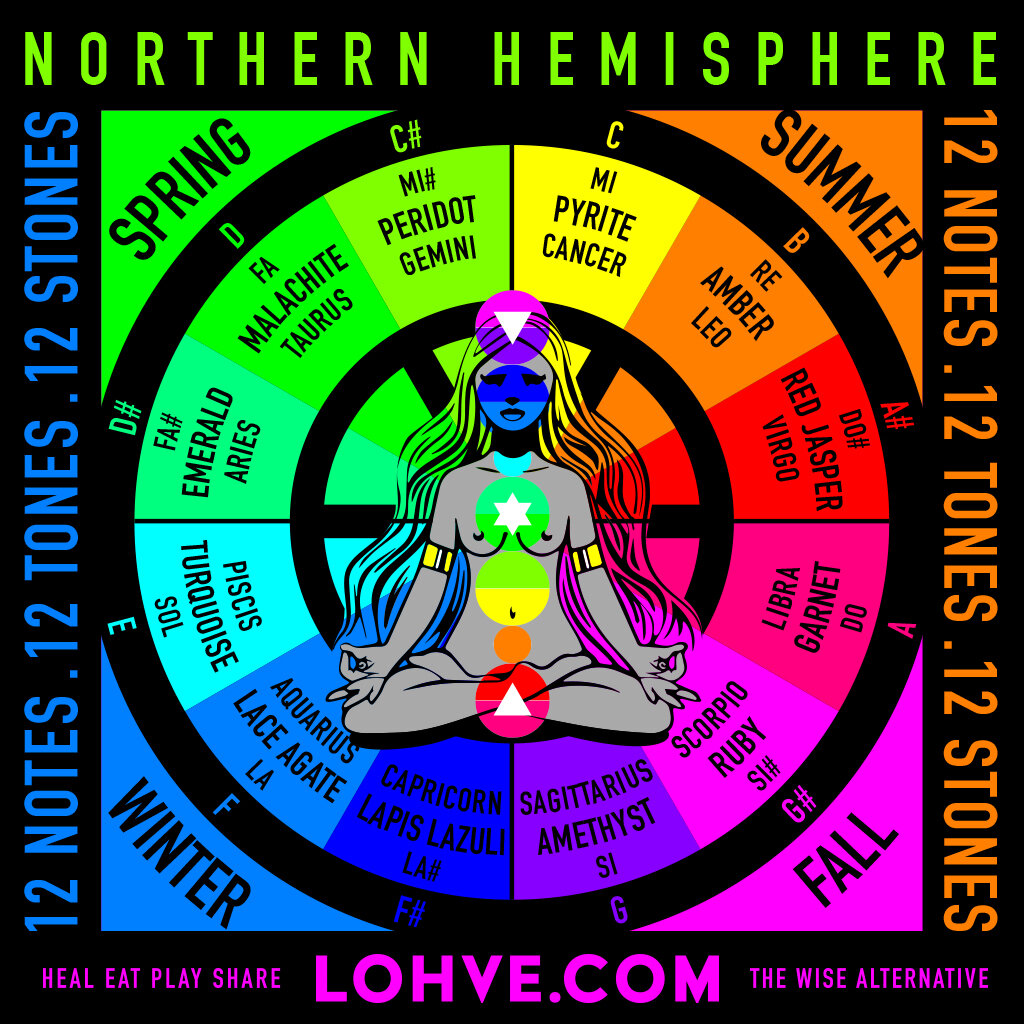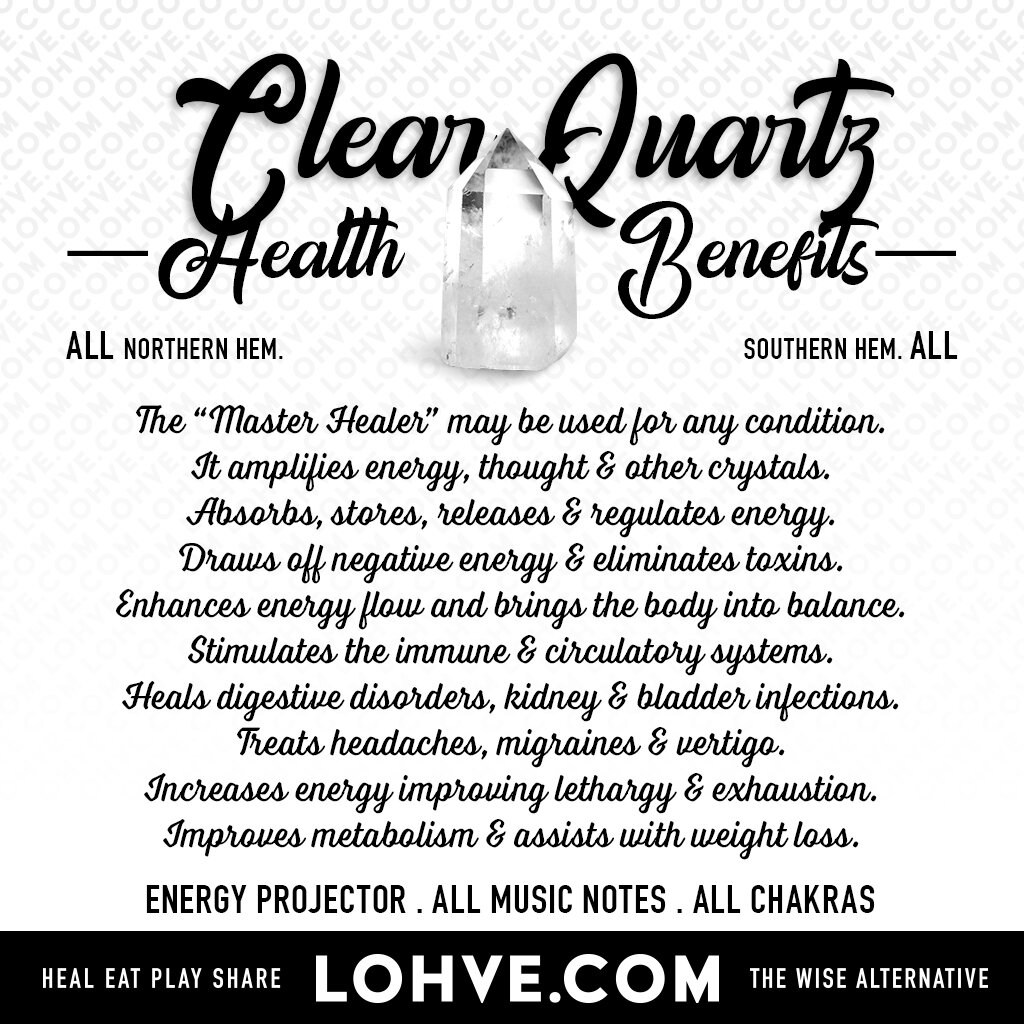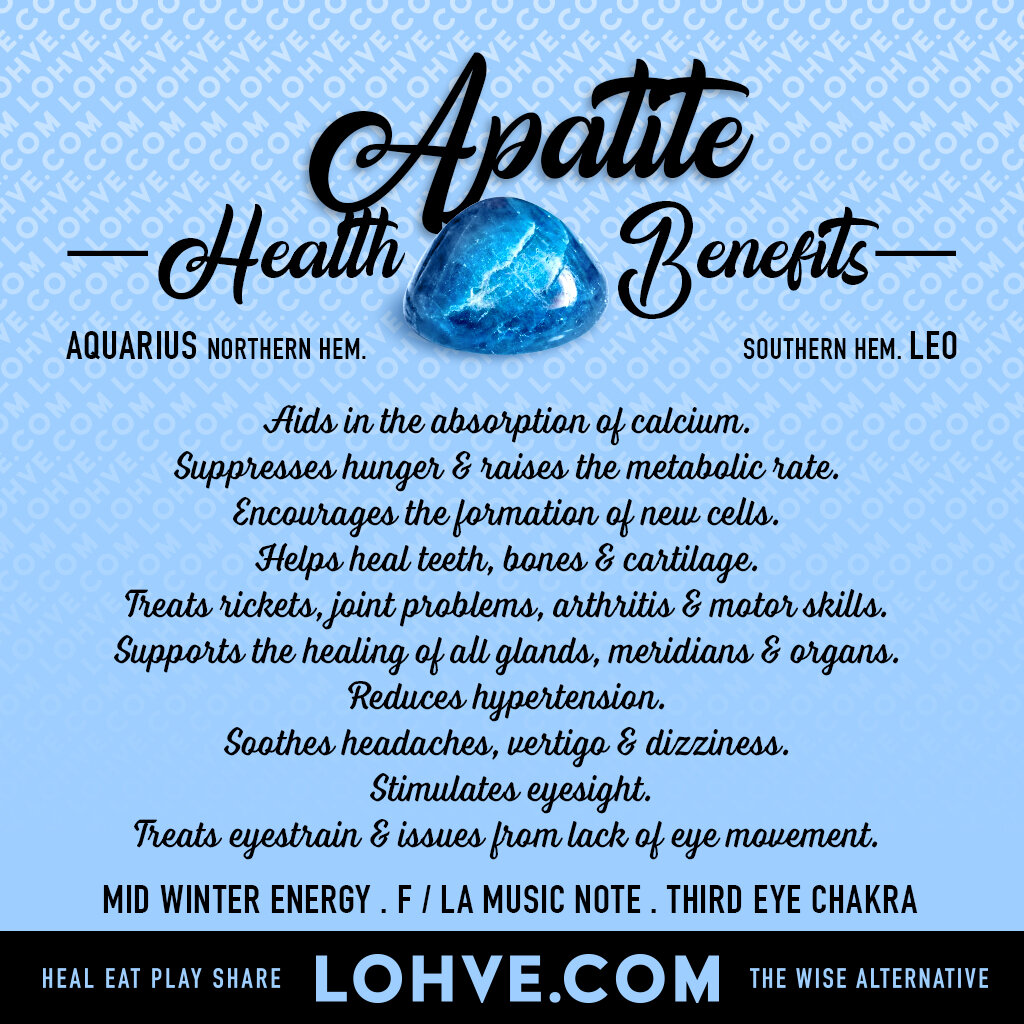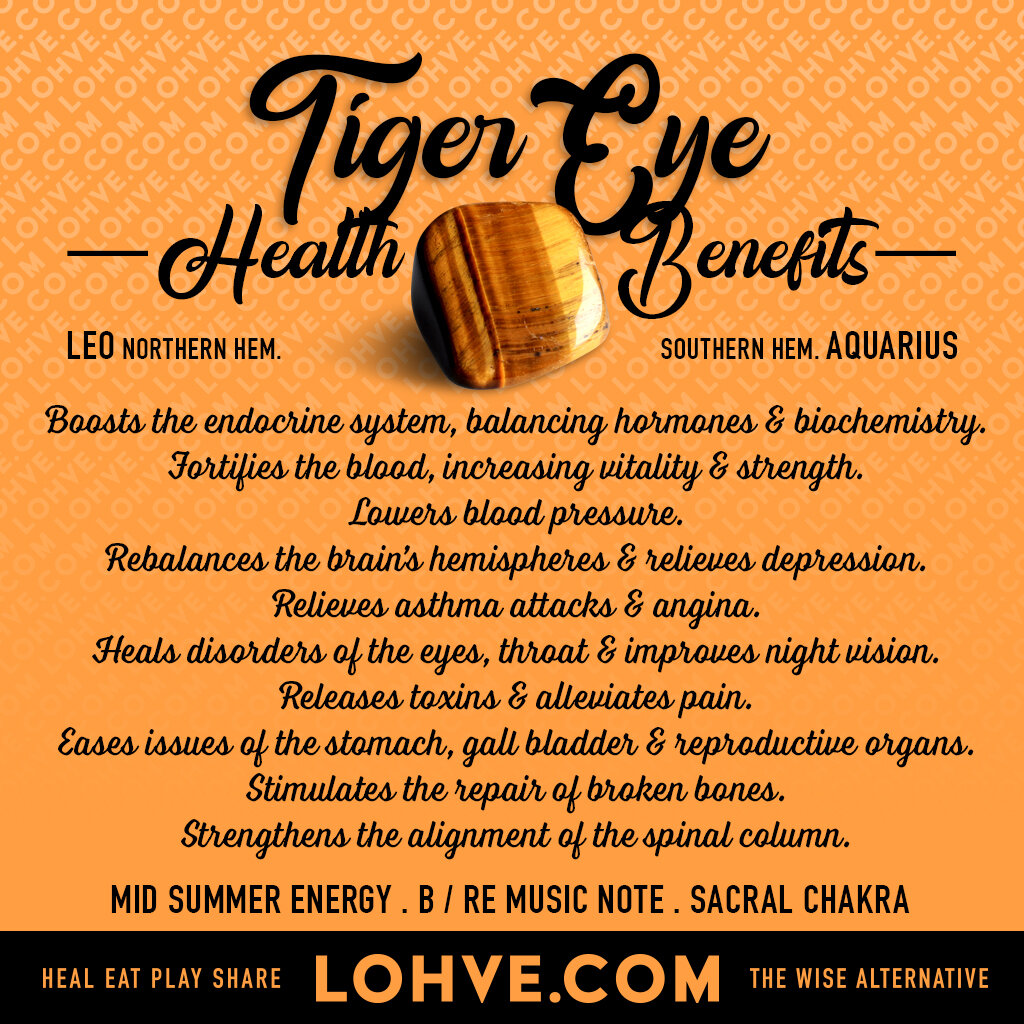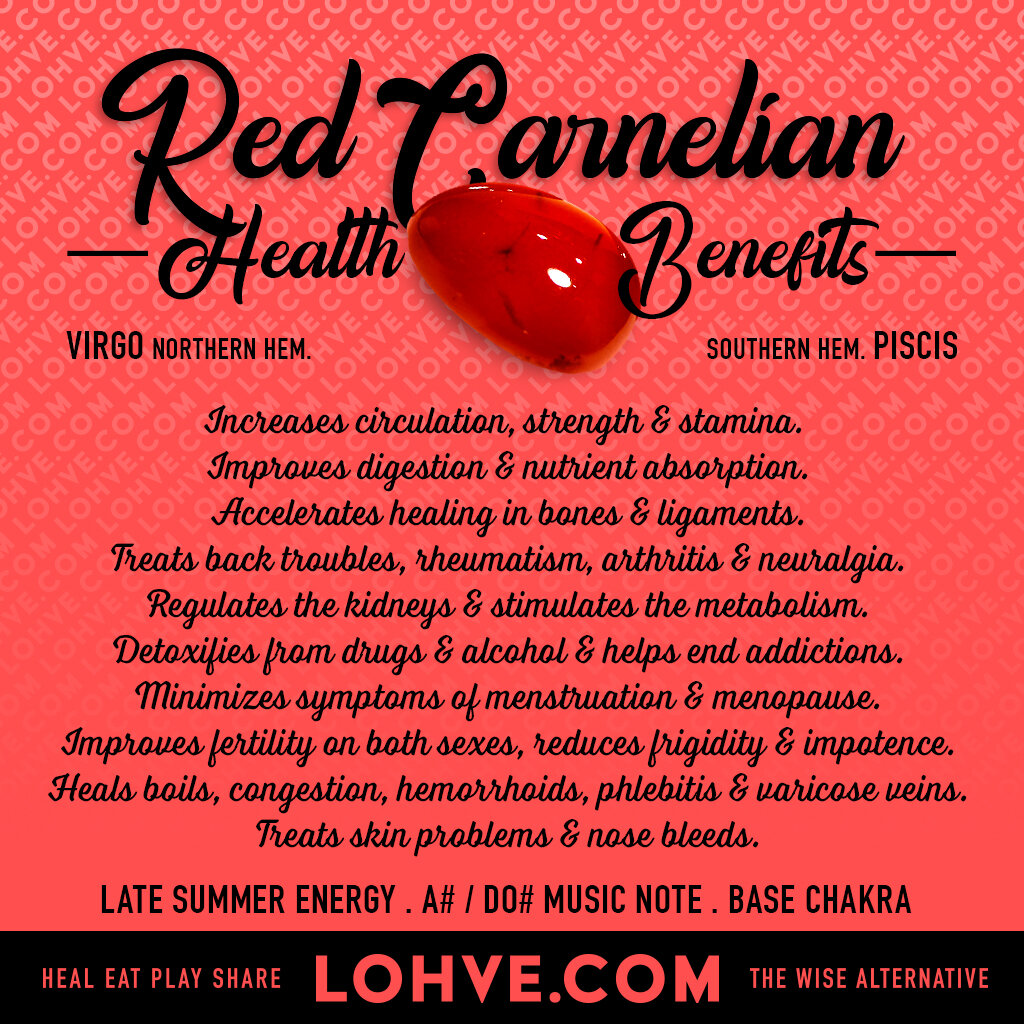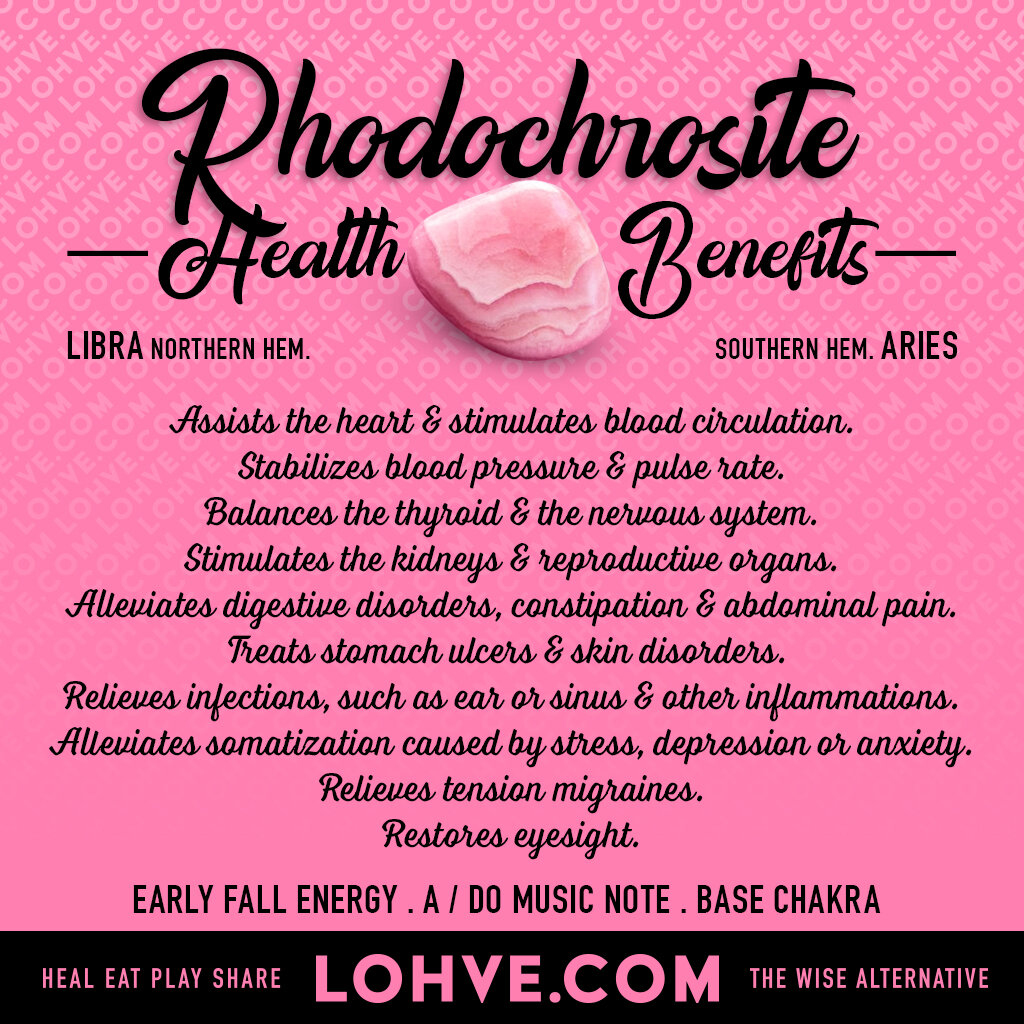
RUBY
CORRESPONDENCES . HISTORY . COMPOSITION . HARDNESS . HEALTH BENEFITS . COLLECTIBLE CARD . SHOP
CORRESPONDENCES
MID FALL
Energy
SCORPIO
Northern Hemisphere
TAURUS
Southern Hemisphere
G# / SI#
Music Notes
RUBY RED
Color
CROWN
Chakra
Natural Ruby is one of four “precious” gemstones, together with Diamond, Emerald and Sapphire. Known for its rarity, monetary value, and hardness,second only to the Diamond. Ruby is red Corundum, an aluminum oxide mineral with chromium, responsible for its rich-red color. The name comes from the Latin word rubeus, meaning “red,” and until 1800 when Ruby was recognized as a variety of Corundum, red Spinels, Tourmalines, and Garnets were also believed to be Ruby. All other color varieties of Corundum are designated as Sapphire.
All natural Rubies have imperfections within them, including color impurities and inclusions of Rutile needles known as “silk.” These inclusions help distinguish natural Ruby from synthetics. When structurally oriented so the light shines off the “silk” in certain ways, the inclusions actually increase the rarity and value of the stone.
Deposits of this lovely red gemstone have been found in Kenya, Burma, India, Thailand, Cambodia, Russia, Madagascar, Mexico and the USA.
HISTORY
Historically, rubies have also been mined in Thailand, in the Pailin and Samlout District of Cambodia, as well as in Afghanistan, Australia, Brazil, Colombia, India, Namibia, Japan, and Scotland; after the Second World War ruby deposits were found in Madagascar, Nepal, Pakistan, Tajikistan, Tanzania, and Vietnam.[11] The Republic of North Macedonia is the only country in mainland Europe to have naturally occurring rubies. They can mainly be found around the city of Prilep. Macedonian rubies have a unique raspberry color. The ruby is also included on the Macedonian coat of arms.[12] A few rubies have been found in the U.S. states of Montana, North Carolina, South Carolina and Wyoming.
COMPOSITION
Rubies have a hardness of 9.0 on the Mohs scale of mineral hardness. Among the natural gems only moissanite and diamond are harder, with diamond having a Mohs hardness of 10.0 and moissanite falling somewhere in between corundum (ruby) and diamond in hardness. Sapphire, ruby, and pure corundum are α-alumina, the most stable form of Al2O3, in which 3 electrons leave each aluminium ion to join the regular octahedral group of six nearby O2-ions; in pure corundum this leaves all of the aluminium ions with a very stable configuration of no unpaired electrons or unfilled energy levels, and the crystal is perfectly colorless.
HARDNESS
Mohs Scale Hardness: 9
The Mohs scale of mineral hardness is a qualitative ordinal scale characterizing scratch resistance of various minerals through the ability of harder material to scratch softer material.
The Health Benefits of
Ruby
Strengthens the heart, myocardium, ventricles & coronaries.
Stimulates good circulation & blood flow.
Treats disorders or diseases of the heart.
Detoxifies the body, blood & lymphatic system.
Treats fevers, infectious diseases & restricted blood flow.
Stimulates the adrenals, kidneys, reproductive organs & spleen.
Assists in regulating menstrual flow & alleviating its pain.
Treats sexual dysfunction, impotence, infertility & early menopause
Helpful during pregnancy, especially for older women.
Promotes optimum formation of children in the embryonic state.
Save Your Card!
Seize The Benefits Of Gemstones
For ages, stones have been worn around the neck and on the body in order to promote optimal physical, psychical and emotional health.




















